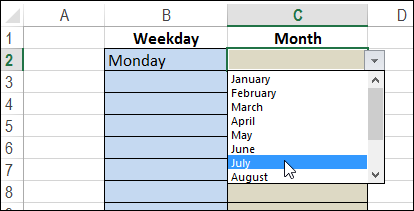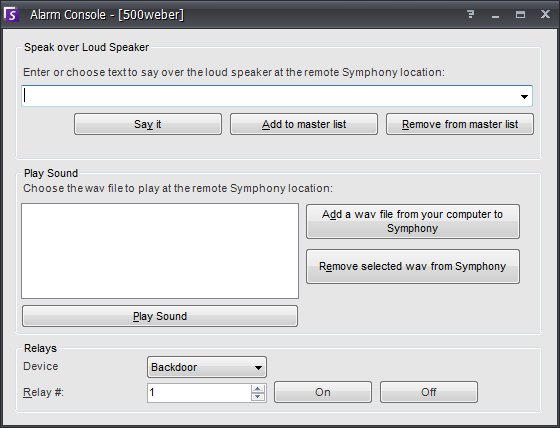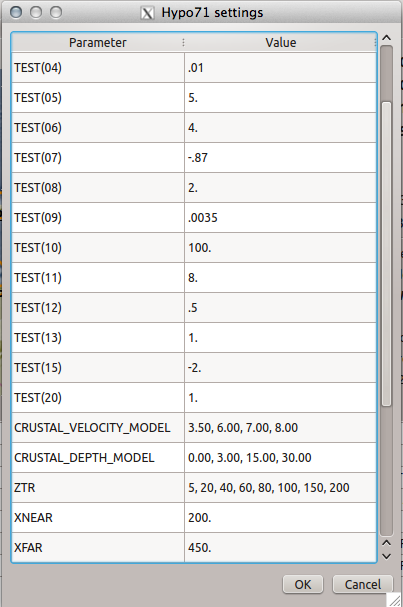

In that case, you’d want to create two separate content types-one for images and one for videos-and link them to your post as needed. One of your posts might be an image but the next needs to be a video, and each media type requires different metadata.

An address book entry will always need a name, email address, phone number, etc.Ī designer’s portfolio site, however, might need a more flexible model that can accommodate different types of content. Will your content strategists always be entering the same kinds of data? Or, will it change depending on certain criteria? For predictable content items, like an address book, you can probably use only one content type to hold all of the information. The answer to that question depends on how structured or flexible your content model needs to be. But where does one content type end and another begin? Each content type will represent a single unit or module of content within your end application. As said earlier, your overall model is made up of individual content types.
#IF THE COMBOBOX ADDRESSBOX CONTAINS A LIST OF STRINGS HOW TO#
With those two questions in mind, you can begin thinking about how to actually structure your content model. Start with the big questions: what does the end application need to do and what information needs to be displayed to our users? Break it down This allows you to take into consideration any appearance requirements early in your modeling process. In Contentful, we like to copy Mother Nature and model our content from parent to child. If you’ve ever set up content modeling using a spreadsheet, like Excel or Google Sheets, you probably modeled from child item to parent item. Modeling within Contentful also differs from traditional database architecting. Keep your mind flexible and make Contentful work for you! Also, if that post needs a “behind the scenes” function, like the option to be featured, you’ll need to add a field to control that. If your blog needs to display metadata about the posts, make sure to include fields for it. Try to think about content modeling from the perspective of your project’s requirements in terms of both design and function. You get to define a completely unique content model, either via our web app or our Content Management API, that you tailor to your project. With Contentful, your content doesn’t have to be fit into our model-instead, you make the model fit your pieces of content. Content modeling in Contentful works a bit differently-we’d say better. Forget what you know about traditional content management systems that restrict your modeling to predefined content types, and stop thinking of content in terms of individual strings of text. Getting into the mindsetīefore you begin crafting your Contentful content model, you should take a deep breath and open your mind. This is why we always recommend having a session with each team to find out what they need from our content platform, and structuring your content accordingly. The goal is to create a model that will support the needs of your entire team, from the content creators to designers to developers. This is how you take your website or app from- as our friend Karen McGrane puts it-a big “blob” of content to modular “chunks” or structured content.ĭesigning your content model is a critical step in building a solid, efficient, and future-proof application with Contentful. For example, the title of a web page or news article would have its own text field, the body would have another, and there would also be fields to include any media files. You can also think of the content type as the “stencil” for the “drawing” that will be your entry.Įach content type is made up of fields that denote the type of data that will be included in the entry.

You can think of each content type as an outline for your content it tells you what data will be contained within each individual entry. Within your overall content model, you’ll have individual content types. In short, a content model gives structure and organization to your content.

By the end you will be able to confidently begin your Contentful journey! The basics In this guide we will go over the principles of content modeling and how to set up your model with Contentful. Your model is the bones of your project it tells our APIs what kind of content to send to your end application. You might be thinking, “My content-what?” If you’re new to Contentful you might not be familiar with the world of content modeling.Ī solid content model is the foundation of every great digital project. Upon logging into Contentful for the first time and creating your first space, you will be prompted to set up your content model.


 0 kommentar(er)
0 kommentar(er)
